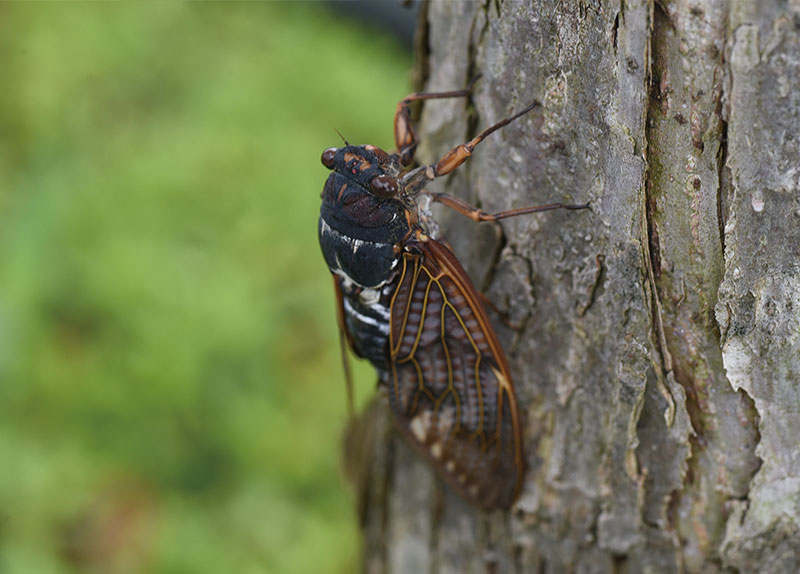
Periodical cicadas exhibit one of nature’s most intriguing life cycles, emerging from underground in droves every 13 or 17 years. This bizarre prime number pattern may serve a strategic ecological purpose. Some studies suggest that the species may time its cycle to outmaneuver one of its primary predators: birds.
The periodicity of cicada emergence has puzzled scientists since the 1600s. Periodical cicadas spend most of their lives as nymphs underground, feeding on tree root sap. After 13 or 17 years, synchronized by the soil temperature reaching 18 degrees Celsius, they emerge in overwhelming numbers, molt into adults, mate, lay eggs, and then die within weeks. The eggs hatch, starting the cycle anew, with the nymphs burrowing back underground.
Walt Koenig, a behavioral ecologist at Cornell University, and Andrew Liebhold, an ecologist at the U.S. Department of Agriculture Forest Service, have provided new insights into this phenomenon after analyzing bird population data from the North American Breeding Bird Survey. They found that cicada-preying bird populations are at their lowest during the years of cicada emergence. This finding suggests that the timing of the cicadas’ mass emergence may be deliberate to coincide with a period when their predators are least numerous, thereby reducing predation pressure.
In addition, by emerging in such large numbers, cicadas ensure that even if many get eaten, enough will survive to reproduce. This tactic overwhelms predators, who cannot consume all the cicadas, ensuring the insects’ survival and continuity.
Cicada emergences are sources of nutrients for the environment, enriching the soil and benefiting trees and birds alike. This resource pulse might influence bird populations in a cycle that aligns with the cicadas’ emergence, creating a complex interplay between predator and prey.